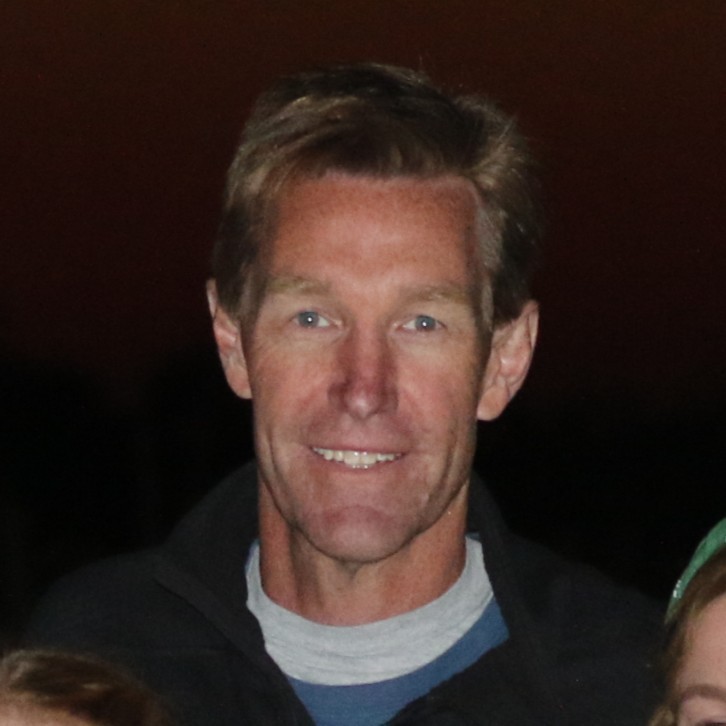Entrepreneur Case Studies
20-Year Journey of a Fat Startup with Major Pivots: Scott Sellers, CEO of Azul (Part 6)
Sramana Mitra: The open-source was a commercial open source business model where the free product was lead generating for a subscription-based offering?
Scott Sellers: Right. We still have free downloads of the open-source software. We encourage people to use it in an unrestricted manner. The business monetization model is selling commercial support services, which include the obvious thing of answering the phones. More importantly, it’s things like timely security updates and long-term access to builds.
>>>20-Year Journey of a Fat Startup with Major Pivots: Scott Sellers, CEO of Azul (Part 5)
Sramana Mitra: From 2002 to 2008, you already had a lot of VC in the company. It’s already six years, so the VCs are starting to get antsy. How did you handle that?
Scott Sellers: It was one of the most challenging aspects. We needed to change our investor base. The current investors had invested in a hardware business model. We had raised a ton of money. We had started to reach the limits realistically of what the existing investor base could do.
>>>20-Year Journey of a Fat Startup with Major Pivots: Scott Sellers, CEO of Azul (Part 4)
Sramana Mitra: How long did it take you to get the first product out?
Scott Sellers: It always takes longer than you think, especially in the world of hardware and chip design. The first product was released in the early part of 2005. It was a good solid three years.
Sramana Mitra: Did you have customers lined up by the time the product was coming into the market?
>>>20-Year Journey of a Fat Startup with Major Pivots: Scott Sellers, CEO of Azul (Part 3)
Sramana Mitra: How did you spin the Java story?
Scott Sellers: The other two founders worked for a company called Shasta Networks. This was in the late 90s. It was a cable and DSL model termination system. They built an appliance to do this. They put together the hardware and wrote a ton of software to make it all work. In the late 90s, they chose Java inside this appliance. This was on the leading edge in terms of what Java is capable of. They had a really nice outcome by selling it to Redback.
>>>20-Year Journey of a Fat Startup with Major Pivots: Scott Sellers, CEO of Azul (Part 2)
Sramana Mitra: What was your role in that founding team?
Scott Sellers: I was in the hardware engineering team. I managed the team and did a lot of coding and Verilog to do the chip design. We did all of our backend chip design in-house. I sat on the Board and raised money. It’s always the most entertaining part about building a company. It’s wonderful when you’re successful too. It’s so exciting when you’re at that inception point. It’s nothing other than the potential that you’re talking about.
>>>20-Year Journey of a Fat Startup with Major Pivots: Scott Sellers, CEO of Azul (Part 1)

VCs invest in startups that go from zero to $100M in 5 to 7 years. It has taken Azul almost 20 years to make that journey. Scott discusses the pivots and strategic shifts that have made the journey possible. With patience and persistence, and with an excellent two-pronged Open Source strategy, Scott has built Azul into a compelling business with many exit options from IPO to various acquisition paths.
>>>Entrepreneur Couple Bootstrapping an EdTech Company to $10M: Boom Cards CEO Mary Oemig (Part 5)
Sramana Mitra: The $10 million in revenue, was that also 50/50?
Mary Oemig: Yes. It’s pretty standard that it splits that way. There is some seasonality. The pandemic was this weird surge. This school year is the new baseline, but the pattern has been consistent over the years.
Sramana Mitra: Is this still bootstrapped?
>>>From Brazil to a US HRTech Success Story: Talentify: Othamar Filho (Part 3)
Sramana Mitra: At what point did you start to get a steady stream of new customers?
Othamar Filho: It was in the middle of 2018 – a year and a half later. We started to see revenue from our direct clients grow. The reason was we were simplifying the product. What will help them make a decision faster? What will be something that would solve a pain point right now? That was the path. About two and a half years later, we got to a point where Cielo was 20% of our revenue.
Sramana Mitra: What kind of customers did you get that traction from?
>>>